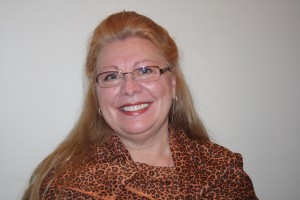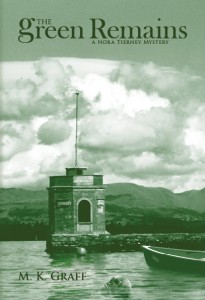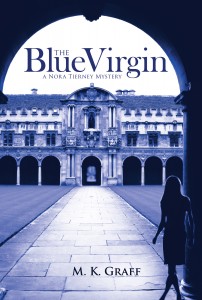Inspiration for Mystery: The Dark Side of Oxford
Oxford. The name invokes classic images: ancient, golden, stone buildings such as the Bodleian Library, which alter dramatically in color according to the light, nestled beside bookstores, pubs and cathedral spires; the site of the discovery of penicillin and the founding of automobile manufacturer Morris Garages; the home in various centuries of Donne, Shelley, Browning, Wilde, Auden, Tolkien, and Lewis Carroll.
The town center features a tall clock tower and a bustling covered market, the latter a delightful maze of crooked cobble-stoned alleys sprinkled liberally with tiny upscale shops, redolent with the jumbled smells of fresh fruits, meats, flowers, and baked goods. Its sidewalks overflow with students, tourists, and locals, all avoiding the constant stream of busses and cars in the narrow roadways. This is Oxford: a honeyed city less than half a square mile, whose forty-odd colleges swarm with scholars and tourists, and which has captured the imagination of more than one mystery writer with its glimmering spirit, becoming less of a backdrop and more of a character in its own right.
As a seat of academia, Oxford is a natural draw for writers, including non-crime authors, who have called Oxford home, amongst them Kingsley and Martin Amis, William Golding, Graham Greene, John Fowles, and Iris Murdoch. But Oxford also provides fertile ground for mystery writers, as evidenced by the continuing stream of writers who set their murders in the hallowed halls and lanes of the town.
Why the attraction? After my own visit studying literature at Exeter College, it became apparent to me while walking the twisted lanes and back streets, that the big city atmosphere inside what is really a small town, mixed with the ever-present struggle between “town and gown,” provide any mystery writer with the perfect setting for murder and mayhem. For me, setting is vastly important; it’s a secondary character, and the landscape that affects my character’s movements and choices. My American protagonist, Nora Tierney, needed to solve at least one mystery in Oxford, so the series debuted with The Blue Virgin.
Being an admitted Anglophile, there’s not too much about Great Britain I don’t enjoy, but the other place I adore is the Lake District. Land of Wordsworth, Coleridge, Ruskin and the inimitable Beatrix Potter, it comprises almost nine hundred square miles of national park, the largest such area in England and Wales, all lying within the county of Cumbria.
This area is the most picturesque I’ve seen in England, with the bluest skies and fluffiest clouds. It contains England’s highest mountain, Scafell Pike, and its largest lake, Windermere. There are shallow tarns, rising fells, sparkling ghylls, and every species of tree found in Britain in its woodlands. The area’s unparalleled beatify beckons lovers of nature: hikers and campers, fisherman and boaters, artists and writers.
It was an easy decision when I was writing The Blue Virgin to picture Nora moving to the Lake District. I devised a way for that to happen, and she’s packing up for this move as the first book in the series opens. Now in the second book, The Green Remains, Nora is settled into Ramsey Lodge for at least the next year, working alongside the illustrator of her children’s books, awaiting the birth of her first child in the lakeside village of Bowness-on-Windmere. And of course, she becomes involved in a murder investigation. The books are a mix of cozy and police procedural, as Nora manages to ruffle the feathers of the investigating officers on the case.
My plan is to have Nora still be in the Lake District for Book Three, working title The Scarlet Wench. But after that, who knows? Bath beckons, as does Cornwall. And there’s always the thought that Nora will return to Oxford. Wherever I send her, I’ll travel alongside her, visiting my favorite places in my mind, checking facts and weather online, verifying seasonal flowers and local police procedures with great email contacts I’ve found. It’s a way for me to get in a visit without leaving my desk, one of the nicest perks of being a writer.
—
Visit Marni Graff’s website and her Facebook page.
Category: Being a Writer, Contemporary Women Writers, US American Women Writers, Women Writing Fiction






